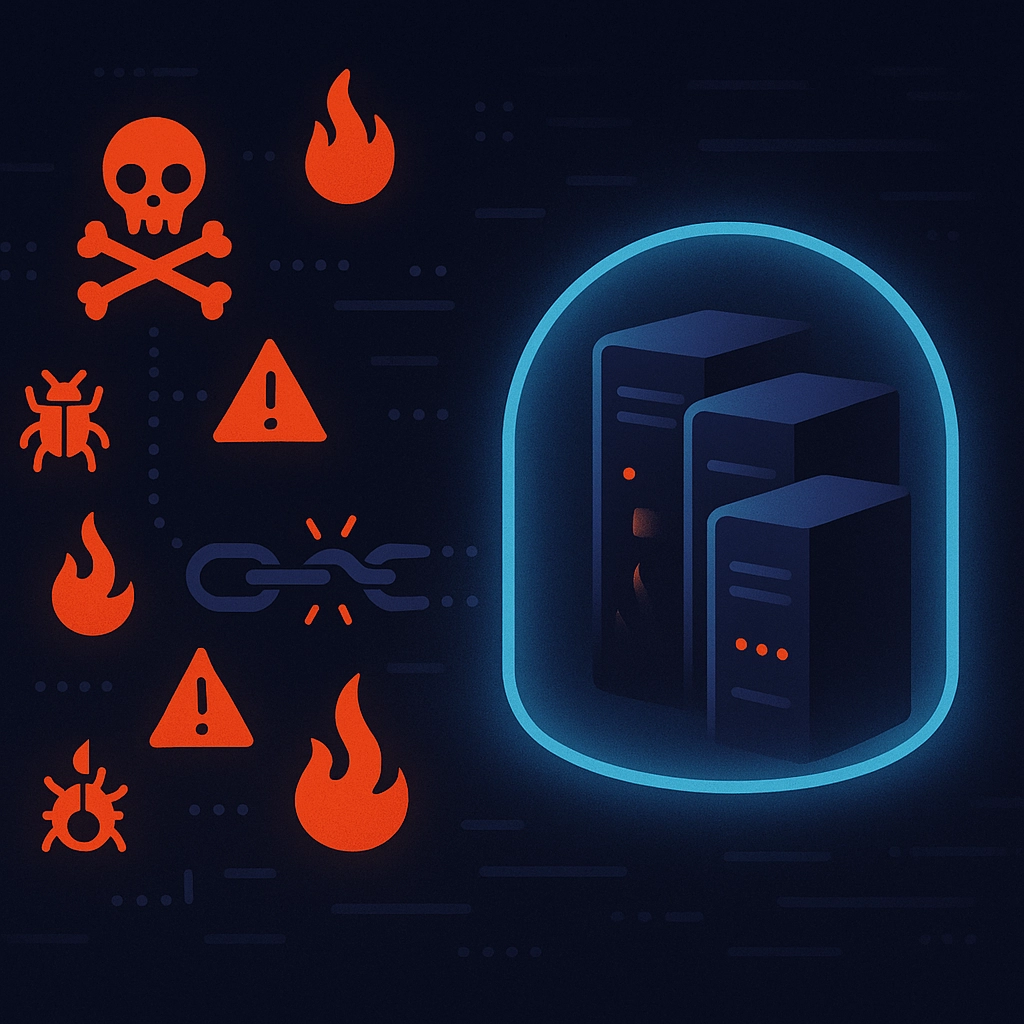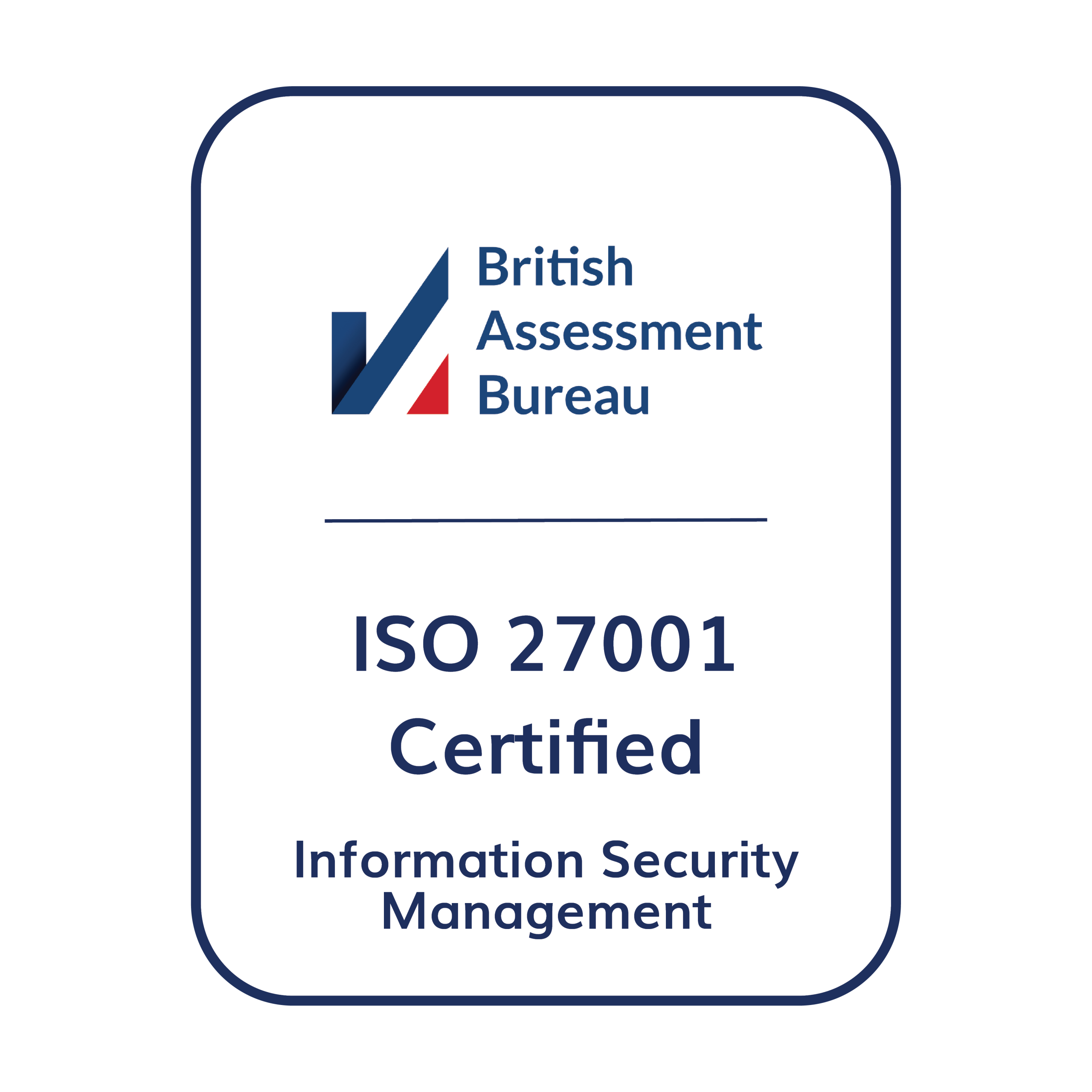In August 2025, cybersecurity researchers discovered a new, highly sophisticated ransomware strain named “Charon” targeting public sector organisations and aviation companies in the Middle East. While, on the surface, this might sound like another regional incident, a closer inspection suggests it is a warning shot for businesses everywhere, including the UK. The Charon campaign is not just another entry in the endless log of ransomware attacks; it represents a step-change in attacker capability, methodology, and intent. Whether you operate within critical national infrastructure or handle sensitive data as part of your regular operations, it is worth taking note of what unfolded, how it was done, and, crucially, what you can do to prepare for when (not if) something similar comes your way.
The Charon Campaign: Ransomware Meets APT Tactics
For several years, cybercriminals have blended the lines between financially motivated crime and sophisticated, state-level techniques. The Charon ransomware is the latest, and perhaps most striking, example of this convergence. Targeting strategic sectors in the Middle East, Charon does much more than lock up files until a ransom is paid; it leverages tactics that are usually associated with advanced persistent threats (APTs) and nation-state actors.
What Makes Charon Different?
1. DLL Sideloading Abuse with Legitimate Software
Charon’s initial access and payload deployment centre on DLL sideloading, a method generally seen in high-end espionage campaigns. Charon’s operators use a modified legitimate browser file (Edge.exe, masquerading under other names like cookie_exporter.exe) to load a malicious dynamic link library (msedge.dll). This gets around some endpoint detection measures as the host application looks trustworthy.
2. Multi-Stage, Multi-Layered Payload Decryption
Once the DLL is loaded, it decrypts shellcode that is embedded but encrypted within a benign-looking file, DumpStack.log. This shellcode, in turn, launches further malicious payloads, each designed to bypass different layers of defence. These multiple “hops” make it both harder to detect the attack early and more difficult to reverse engineer should someone find it post-infection.
3. Intelligent Evasion and Lateral Movement
Charon proceeds to inject its code into svchost.exe, a generic Windows process used for legitimate services. By doing so, the ransomware blends in with normal activity, neatly sidestepping many security tools focused on detecting rogue software. It also offers attackers the ability to traverse network shares, prioritising those over local files to inflict more widespread damage.
4. Customisation by Victim
Unlike broad brush attacks, Charon creates a ransom note individually tailored for each organisation it hits. This level of precision not only sends a clear message to the victim but also signals the preparatory research carried out by the attackers—think reconnaissance, spear phishing, and asset mapping before striking.

Connecting the Dots: Resemblance to Earth Baxia
Experienced analysts quickly noticed that Charon’s payload delivery mechanism, especially through DLL sideloading, mirrors tactics used by Earth Baxia, a group previously linked to Chinese cyber espionage operations. Whether these are the same actors, an imitation, or a deliberate misdirection remains unconfirmed. What is clear, however, is that criminal gangs are not operating in a vacuum; they are learning from each other and borrowing successful techniques, leading to a more complex and interconnected threat landscape.
Lessons for UK Organisations
A ransomware campaign in another region might seem distant, but the tactics and targets are highly relevant to every UK business. Here is what you should be learning from Charon:
1. Nobody Is Too Niche or Too Prepared To Be Targeted
Charon’s operator picked aviation and public sector targets not for their lack of defences, but for the impact such an attack could have. Many UK sectors, whether energy, water, healthcare, or digital infrastructure, are every bit as appealing and vulnerable. Even if you have invested in cyber essentials, CREST-aligned defences, or ISO 27001 compliance, your controls are not bulletproof. Attackers study your defences and will adapt their tactics accordingly.
2. Traditional Endpoint Security Is Not Enough
Charon’s clever use of process injection, legitimate application abuse, and encrypted staged payloads exposes a common problem: EDR and anti-virus solutions can only do so much. If your detection strategy relies solely on signatures or expected behaviour of well-known malware, you risk missing the subtle, blended attacks that evade modern defences.
3. Backup Strategies Must Outpace Attack Techniques
Charon systematically deletes shadow copies and known backup files to eliminate easy recovery options. Air-gapped and immutable backups, stored out of reach of the regular file system and network, are now essential, not optional. Dependency on “normal” backup routines puts you at risk. Your backup and restoration processes must be tested and hardened, with robust incident playbooks for when ransomware strikes.

4. Application Whitelisting and Monitoring Are Critical
Attackers are exploiting trusted applications, repurposing everyday software components like web browsers for malicious means. Relying on whitelisting alone is a trap; you must also continuously monitor and baseline normal behaviours to spot anomalies, such as a browser executable unexpectedly loading an unfamiliar DLL or accessing files it ordinarily would not.
5. Customised Attacks Are the New Normal
Gone are the days of “spray and pray” ransomware. Today’s sophisticated actors carefully craft every attack. They might spoof HR emails, research your employees, and target critical business systems that would cause maximum disruption. Security training, tailored phishing simulations, and advanced threat emulation (like red or purple teaming exercises) need to be part of your regular security posture review.
Defensive Measures: What Should UK Businesses Do Now?
It is not enough to simply acknowledge the evolving threat; action is needed. Here is a practical roadmap for British organisations looking to get ahead:
Enhanced Threat Monitoring
Implement detection across endpoints, servers, and network boundaries to catch DLL sideloading, suspicious process injections, and abnormal lateral movement. Use modern security operations centres (SOCs) with threat hunting capabilities, rather than relying on standard alerts.
Regular Penetration Testing and Red Teaming
Simulate real-world attack chains by engaging with a penetration testing company in the UK experienced in advanced adversary emulation. Services such as red teaming and AI-based penetration testing can provide visibility into how attackers might slip past your controls using techniques similar to Charon’s.
Hardened and Segregated Backups
Adopt air-gapped, immutable backup solutions. Schedule genuine restoration drills, do not wait for disaster to test whether your backups are untouchable and actually deliver timely recovery.
Zero Trust Deployment
Design your IT estate around the zero trust principle. Assume every part of your network is potentially compromised. Restrict lateral movement, enforce least privilege across user and system accounts, and verify all activities.
Leverage Threat Intelligence
Make use of professional threat intelligence services to ingest up-to-date indicators of compromise, malicious TTPs (tactics, techniques, and procedures), and trends drawn from incidents both inside and outside your sector. Even if your own business has never faced a ransomware incident directly, knowledge of attacks abroad (like Charon) can prime your defences.

Train and Prepare Staff for Modern Threats
Technical resilience must be matched by user awareness. Regular cybersecurity training, coupled with business-wide incident response drills, ensures teams know how to spot, report, and respond to targeted attacks.
Incident Response Planning
Develop and regularly update incident response strategies that anticipate advanced ransom attacks. Prepare for bespoke ransom demands and ensure your plan covers legal, regulatory, and reputational aspects, not just IT containment.
The Takeaway: Modernise Now or Risk Playing Catch-Up
Charon is just one of many threats on the horizon. What sets it apart is not just technical sophistication but the methodical, patient approach and the blending of criminal and nation-state tradecraft. Lessons from the Middle East should not be waved aside; these same techniques are already being adapted and deployed worldwide.
For UK organisations, this is a call to arms: combine cutting-edge technology, strong governance, real-world testing, and ongoing awareness. If you would like to discuss your current security strategy or see how EJN Labs can support with next-generation defence, get in touch with our team.
Investing in advanced cyber resilience now means your business will be less likely to feature in tomorrow’s headlines, for the wrong reasons.











Leave a Reply